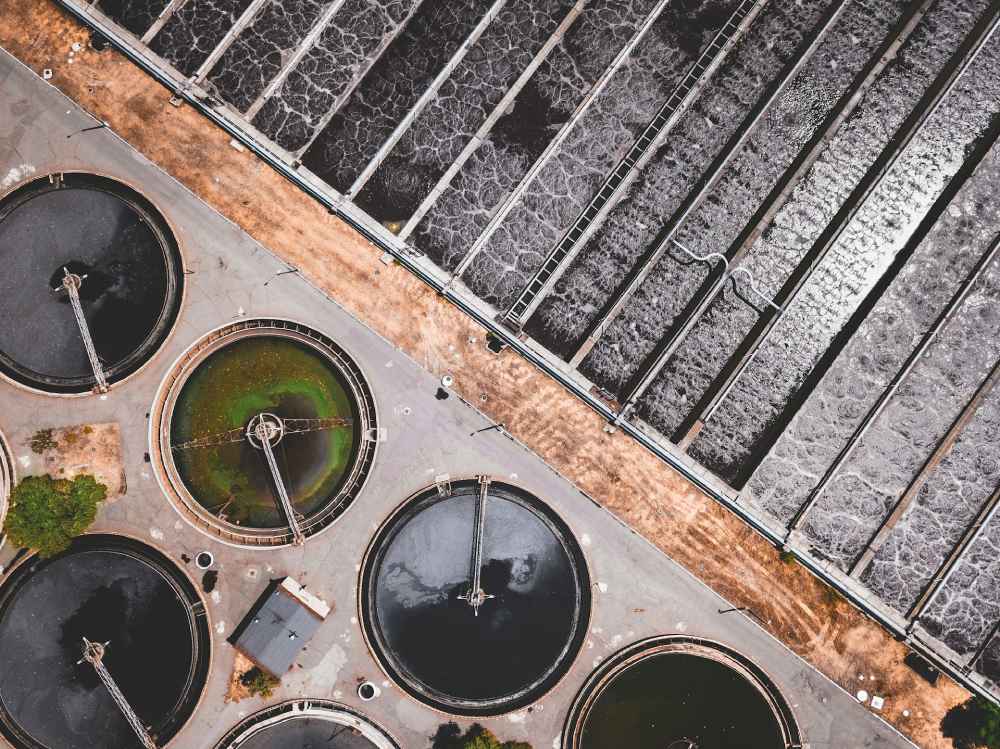Nature’s Recycling Powerhouse: Microbes and Their Role in Sustainable Wastewater Treatment
Wastewater teems with various organic and inorganic pollutants, demanding a treatment solution beyond physical filtration and chemical disinfection. Here, microorganisms take the stage, dutifully breaking down waste materials through complex biological reactions.
Thanks to their metabolic activities, these tiny agents convert harmful substances into less toxic forms, thereby playing an indispensable role in wastewater remediation.
Understanding Microorganisms in Wastewater Treatment
Microorganisms play a pivotal role in wastewater treatment by breaking down organic matter and transforming harmful substances into less toxic forms. These microscopic organisms, including bacteria, fungi, and protozoa, thrive in wastewater treatment plants, forming complex microbial communities known as activated sludge.
Bioremediation: Microbes as Pollution Cleaners
Bioremediation is an exemplary practice where microorganisms are utilized to clean environments laden with contaminants. Scientists have long recognized the potential in certain bacteria and fungi that naturally digest and transform hazardous pollutants into harmless substances.
This bacterial proposition is an ingenious way of tackling the looming pollution threats. Bioremediation becomes a beacon of hope by carefully selecting and cultivating these microbial cleaners, illuminating alternative and renewable cleanup strategies.
A comprehensive examination in Nature Reviews Microbiology underlines the successes and ongoing advancements in bioremediation, reinforcing the argument for these biological aids.
Technological Enhancements in Microbial Treatments
Technological advancements are paramount in enhancing wastewater treatment processes’ efficiency. Precision instruments and automated systems have been integrated into treatment facilities, allowing operators to control treatment variables more.
These developments allow for the minute-by-minute assessment of microbial treatment processes, fostering an environment where microorganisms can operate at maximum efficiency. Advanced sensors and analytical tools can signal when an ecosystem is out of kilter, promptly rectifying any imbalance and ensuring the highest quality treatment outcomes.
Microbial Treatment and Water Reuse Strategies
The forward-thinking concept of water reuse marries the need for sustainability with innovative water treatment methods. In regions of water scarcity, the goal is not to treat wastewater but to repurpose it for beneficial uses.
Microorganisms enable this transition by producing water that is so clean that it meets or even surpasses reuse standards. It’s reassuring that even water, once considered waste, can be restored for applications as sensitive as crop irrigation or replenishing drinking water supplies.
Regulatory Perspectives on Microbial Treatment
Governmental agencies and environmental bodies are recognizing the growing importance of microbial treatment methods by revising regulations to ensure these practices meet the highest standards. This evolution in policy reflects a balancing act accommodating rapid advancements in treatment methods while upholding environmental protection.
Regulatory standards serve as the benchmarks for the industry, driving innovation while ensuring that the methods employed are effective and safe for the environment and public health. Complying with these regulations, wastewater treatment service operations demonstrate their commitment to legal obligations and ethical practices promoting long-term sustainability.
Public Engagement in Sustainable Wastewater Solutions
The importance of an informed and involved public cannot be overstated in the quest for sustainable wastewater management. Educational initiatives that shed light on the importance of microorganisms in the treatment process play a key role in fostering public support for these advances.
When people understand the impact of their behaviors and choices on the local environment and the treatment process itself, they are more likely to back improvements and investments that allow these sustainable practices to flourish.
Economic Analysis of Microbial Treatment Methods
A thorough economic analysis often reveals that investing in microbial processes for wastewater treatment is not only ecologically responsible but also economically wise. Cost savings become increasingly apparent compared to traditional treatment methods, which often require expensive chemicals and high energy inputs over the long term.
When these biological processes are managed effectively, they usually result in lower long-term operational costs and contribute to a sustainable approach to wastewater management that aligns with economic and environmental goals.
Global Application: Scalability of Microbial Solutions
One of the great strengths of microbial solutions in wastewater treatment is their ability to adapt and scale. This capacity for customization allows microbial treatment to be applied across various geographic and demographic settings, from small, rural installations to vast urban complexes.
The versatility of these biological systems in handling different types and volumes of wastewater makes them a cornerstone strategy in global water management efforts.
The Future of Microbial Wastewater Treatment
The horizon is bright for microbial wastewater treatment, with research groups and technology developers continually seeking new ways to harness and optimize these natural processes. The leap from current practices to more innovative, efficient methods is closing thanks to persistent advancements in biotechnology and engineering.
This progression is a collaborative effort pivoting on the expertise of scientists, policymakers, and industry specialists, all working to ensure that these biological systems meet the complex demands of modern water management.
Conclusion: Recognizing the Value of Microorganisms
In closing, the role of microorganisms in wastewater treatment should be celebrated and emphasized as a pillar of environmentally sound water management practices. Their actions within treatment facilities are a testament to what can be achieved when natural processes are harnessed effectively and responsibly.
Ultimately, these microbiological agents help us achieve the delicate balance between human development and ecological conservation, underlining the necessity to explore and support such hidden yet impactful allies in our environmental endeavors.

